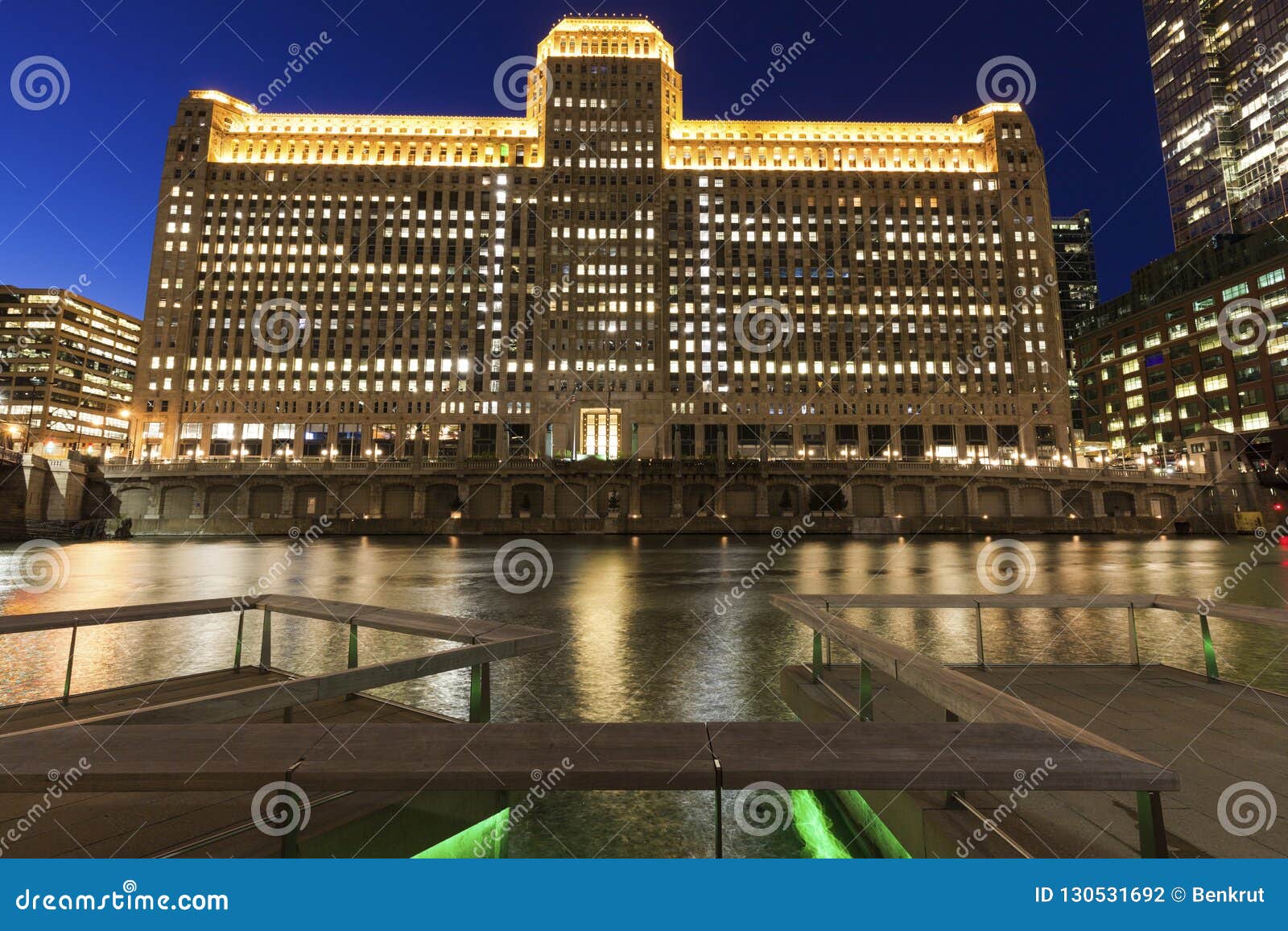
Over 20,000 visitors a day walk the enormous corridors, view the showrooms, attend trade fairs and grab lunch at the food court. With majestic terrazzo floors and marble piers as well as embossed bronze trim used in the storefronts, the businesses inside were allowed to personalize their individual space.Īlthough slightly expanded and renovated over the years, this striking work of architecture still stands as the thirty-sixth largest building in the world. This building was revolutionary in that the machine age was upon them through the use of transfer elevators, conveyor belts, boats and railroad.ĭesigner Alfred Shaw completed the ornate features of the building in an art deco style that shows in the windows, corners and edges of the structure that reduces and disguises the bulkiness of the raw materials. Through the vision of Marshall Field and the architectural firm, Graham, Anderson, Probst and White, the “city with a city” became the main focus throughout the construction process that started before the Great Depression in 1928 upon completion in 1931. Other businesses have called Merchandise Mart home including the Shops at the Mart, the Illinois Institute of Art and the the Chicago Sun-Times. In its first few years wholesale goods businesses occupied the space as well as interior design vendors and other trades.
Merchant mart chicago 1930 code#
On the border of Orleans, Wells and Kinzie Streets, the massive structure had its own zip code until 2008, when it spanned the surrounding area. When the property was listed for sale, the Marshall Field family came in and scooped it up with a vision in mind. More than one quarter of the building is leased by tech companies including Motorola Mobility and tech startup incubator 1871.Historical Picture of Merchandise Mart Chicago 1930sįriedman Fine Art and are pleased to present this unique black and white historical picture of Chicago from the 1930s.Ī building so grandiose that expands 4,000,000 square feet, Chicago’s Merchandise Mart was one of the world’s largest buildings when it opened on May 5, 1930. It’s still a designer showcase venue today. Soon thereafter, the building received retrofits to implement energy efficiency measures and to integrate real -time data into its operations. The Kennedy family held onto the property for more than three decades and sold the building in 1998 to Vornado Realty Trust. Kennedy for about a third of its original cost. In 1945, the building was sold to a group headed by Joseph P. The Great Depression forced Field & Company out of the wholesale market.

However, it wasn’t the financial success investors expected. The idea was to unite the sales of furniture, fabric and other decorative materials under one roof. The Merchandise Mart began as a wholesale warehouse store for Marshall Field that included rental space for other wholesalers. Named a Gold LEED certified building after 85 years of existence, and now a center of cutting-edge tech innovation for Chicago, the Merchandise Mart hosts incubator space for tech start-ups and is home to thousands of square feet for Motorola, one of the original tech pioneers. The Ups and Downs of the Mart A Docent Perspective Rows of decorative chevrons (zigzags) and diagonal towers at each corner of the building are common motifs used during the Art Deco era.
Merchant mart chicago 1930 windows#
The recessed vertical windows with dark spandrels emphasize the building’s verticality and balance out its horizontal mass. The steel-framed structure is clad in limestone, terra cotta and bronze, and its ornamentation displays many of the style’s popular motifs. Shaw for the architecture firm Graham, Anderson, Probst & White, the Merchandise Mart is one of many Art Deco buildings in Chicago that reflect the optimism of the 1920s. It was one of the first buildings in the city to be built over railway air rights. The building was built above tunnels that moved ashes to the lakefront where they were used as fill at the Grant Park and Burnham Park landfills. The building recently earned a Gold LEED (Leadership in Energy & Environmental Design) certification by the U.S. The busts represent neither royalty nor presidents, but America’s foremost merchants. In 1953, Joseph Kennedy commissioned the “Merchandise Mart Hall of Fame,” consisting of eight bronze busts atop tall pillars. The site was originally a Native American trading post.


 0 kommentar(er)
0 kommentar(er)
